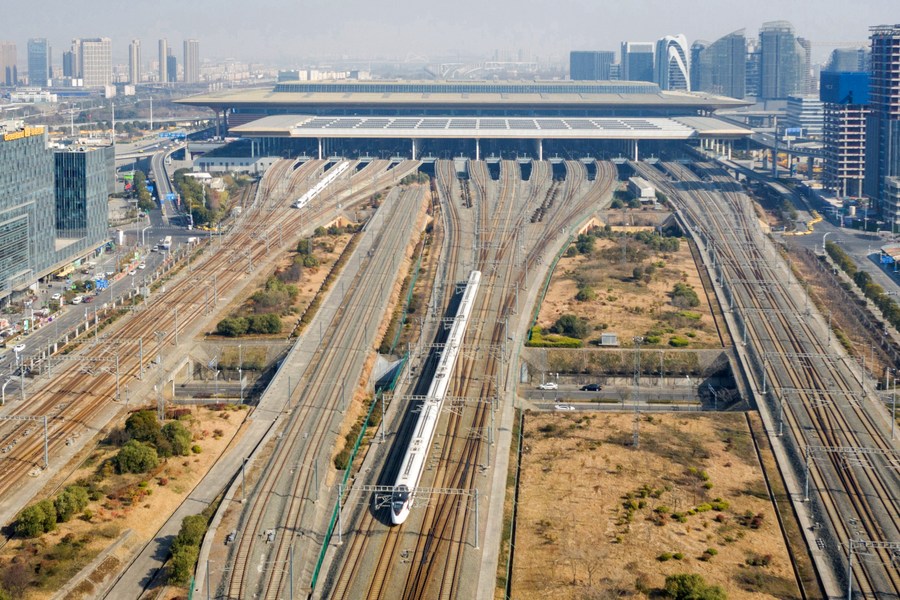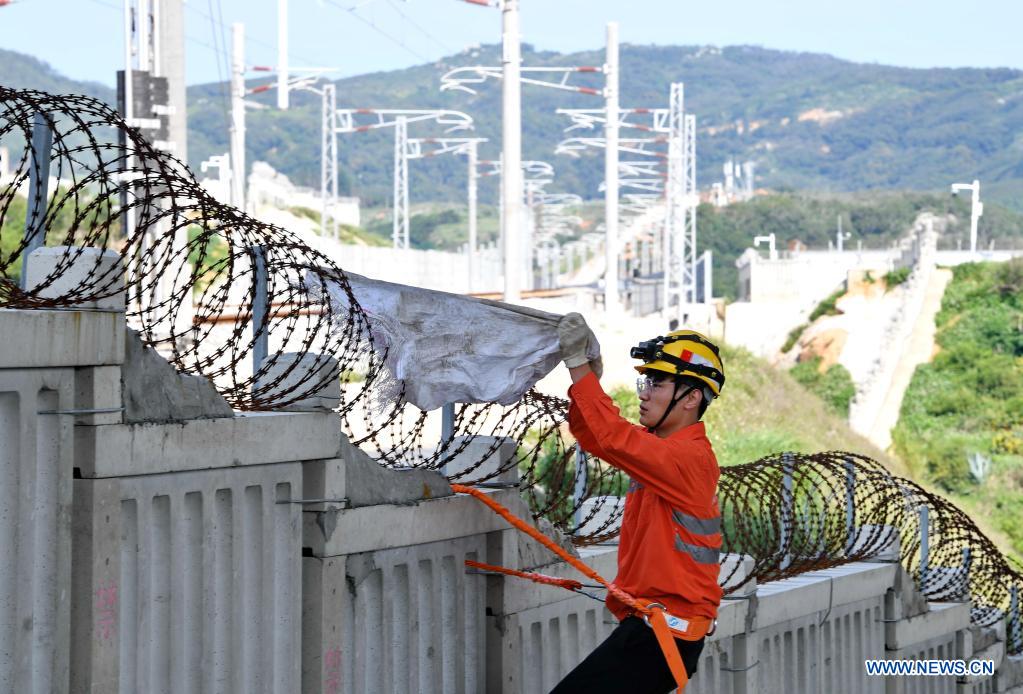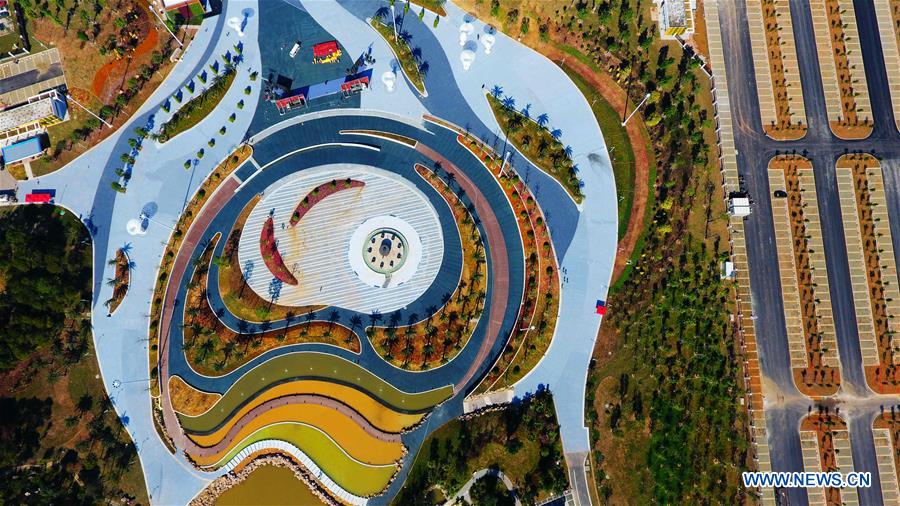-- As a national strategy, the integrated development of the Yangtze River Delta, also the country's largest city cluster, has been accelerating.
-- "The more efficient transport connectivity in the Yangtze River Delta has facilitated the flow of capital, talent, resources and technologies, making it easier for joint scientific research and better allocation of the industry chain," said Chen Wen, a researcher with the Chinese Academy of Sciences.
-- At a high-level forum on the region's integrated development held in Wuxi on Thursday, authorities launched four regional industry chain alliances for the sectors of integrated circuit, biomedicine, new energy vehicles and artificial intelligence.
by Xinhua writers He Leijing, Li Baojie
NANJING, May 27 -- At 6:50 a.m., Liu Xiaochen unhurriedly boards a high-speed train for Shanghai, traveling more than 60 km to start his day of work in the metropolitan city in less than an hour.
"The high-speed trains are fast and on time, and I also do not need to worry about traffic congestion," said Liu, who lives in the city of Kunshan in Jiangsu Province that borders Shanghai.
For many people like Liu, such a daily commute is common nowadays, thanks to the fast-paced regional integration of the Yangtze River Delta which encompasses Shanghai and the provinces of Jiangsu, Zhejiang and Anhui.
The delta region, roughly the size of Germany, is one of China's most economically active, open and innovative regions, contributing to about one-fourth of the national gross domestic product. As a national strategy, the integrated development of the delta region, also the country's largest city cluster, has been accelerating.
"The more efficient transport connectivity in the Yangtze River Delta has facilitated the flow of capital, talent, resources and technologies, making it easier for joint scientific research and better allocation of the industry chain," said Chen Wen, a researcher with the Chinese Academy of Sciences.
STRONGER CONNECTIONS
Improved connectivity within the Yangtze River Delta, like the mushrooming high-speed railways and densely constructed expressways, has made the 358,000-square-km expanse one of the most populated and urbanized city clusters in China.













